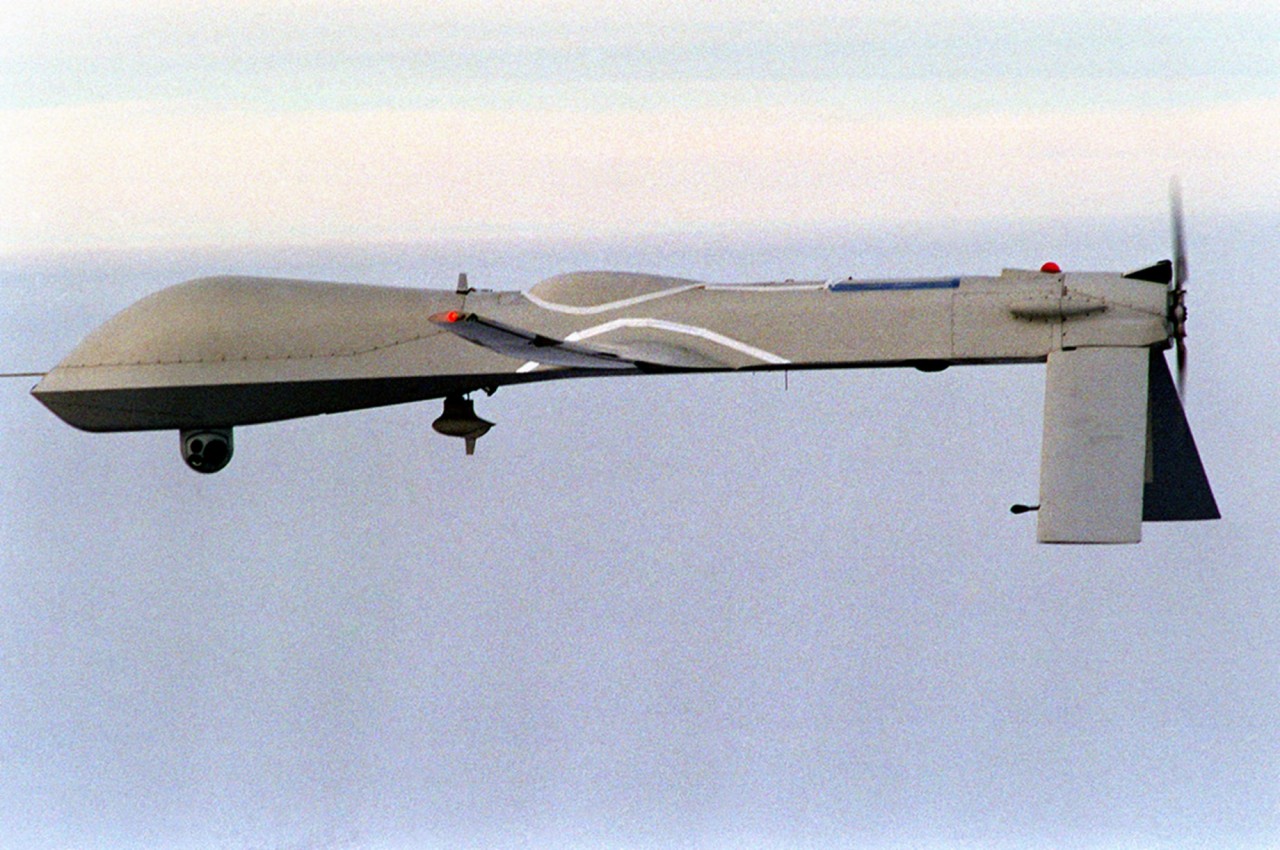Bruges Group Blog
Unmanned Aerial Systems: What They Are And What They Bring To The Table
Unmanned Aerial Systems, or UAS, are gaining traction in various domains due to their ability to retrieve information and provide top-notch surveillance, especially in airspace and military applications. In the past, these systems were solely used for military and surveillance purposes. However, the accuracy and phenomenal results displayed by UAS have made them a big hit in multiple domains today. So, what exactly are UAS? How do they function? What are the applications and benefits? Are they safe to operate? This guide covers everything you need to know about unmanned aerial systems, including their benefits, risks involved, and main applications.
What are Unmanned Aerial Systems?
As the name suggests, an unmanned aerial system is a device operated remotely or autonomously from a distance using a remote control. The system comprises three main components, which are- a UAV (Unmanned Aerial Vehicle), a remote control system that can be operated from the ground or an airborne platform, and a C2 or C3 (control and command) system that ties both components together. The UAV is a drone device tailored to suit the user's needs. Basically, the device can be operated without any crew or pilot on board. While some systems are controlled by humans up to a specific distance, others use autopilot mode and operate via satellites.
Typically, UAS are used in the following domains.
1. AgricultureModern farmers are also taking an interest in unarmed vehicles as they allow them to spray pesticides across their fields and help them supervise their lands with ease. Agricultural and farming UAVs are specifically designed to reach a certain height during operation and conduct crop spraying at a particular angle for best results. Moreover, the vehicles ensure that the pesticides are evenly sprayed throughout the land. Since manual spraying can damage crops due to uneven exposure, an automated system can ensure that every plant is getting optimum nutrition. If you are interested in starting a farming business, consider investing in a UAS system to reap maximum benefits and achieve better results.
2. Homeland SecurityNationwide security can also be achieved with these aerial systems that enhance coastal and maritime protection. You can reach the shadiest and most remote locations with drones equipped with high-definition photo imaging. This can drastically improve your surveillance and enhance security. Monitoring areas with oil rigs and gas infrastructures can get quite challenging. However, with a UAS in place, you can capture the tiny operational details and induce layered protection with the help of integrated sensors. Some advanced setups are also used to monitor underwater settings. Whether you want to detect radiation or simply supervise or study an unconventional setting, an unmanned vehicle can come to your rescue.
3. Civil and Structural ExaminationToday, drones are an integral part of civil and structural examination due to their ability to screen structures from the top and cover a wide area within a few seconds. From exploring mineral sites to monitoring the environmental changes, UAS can be used for a myriad of applications in the civil industry. Sites used for open mining and forest preservation are also monitored using UAS devices. Certain specialists also promise to develop a complete tailor-made solution to take your business to the next level. From photogrammetry to surveying, CP Aeronautics UAS based solutions can be customized to meet specific industry-related requirements. Rising startups and tech-based businesses are rapidly investing in these devices and systems due to their precision and powerful performance.
4. MilitaryAs mentioned, aerial systems have been in use in the military for a few decades now. The rise in technological implications has made the application stronger and transformed them into a necessity for military use. While combat, attack, and surveillance are the three main uses of UAS and UAVs in the military domain across the world, many have started adapting them due to improvements in communication and logistics. To save money, some military groups are involving the use of commercial drones and consumer aerial systems. Since they provide high-quality results too, they are getting used to the new user experience as well.
Benefits and Risks InvolvedWhile the main benefit of deploying a UAS system is to monitor an area and get adequate surveillance results, unmanned vehicles are also gaining popularity due to their ability to save money over the years. Moreover, they can also help you grow your business. The aerial systems also come with a set of risks like collision with another unmanned vehicle, intentional or unintentional misuse by a user, the type of usage and relevant legal issues, and losing the vehicle or control.
As you can see, UAS and UAVs have become vital for some industries. Over time, the prices are also reducing, which makes the system an affordable solution. You can also seek certain finance options to integrate UAS into your business model.
Contact us
246 Linen Hall, 162-168 Regent Street
London W1B 5TB
Director : Robert Oulds MA, FRSA
Founder Chairman : Lord Harris of High Cross






